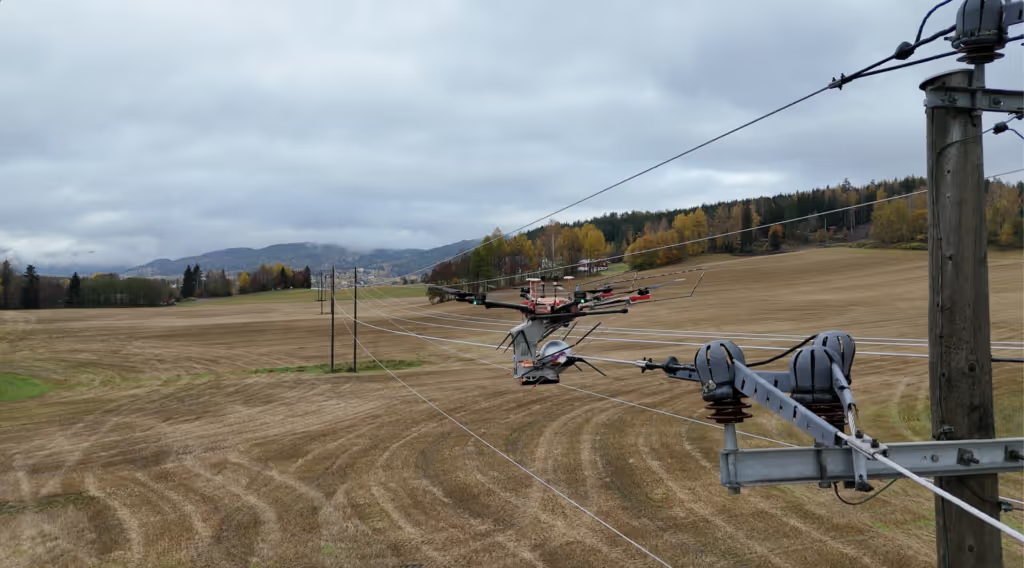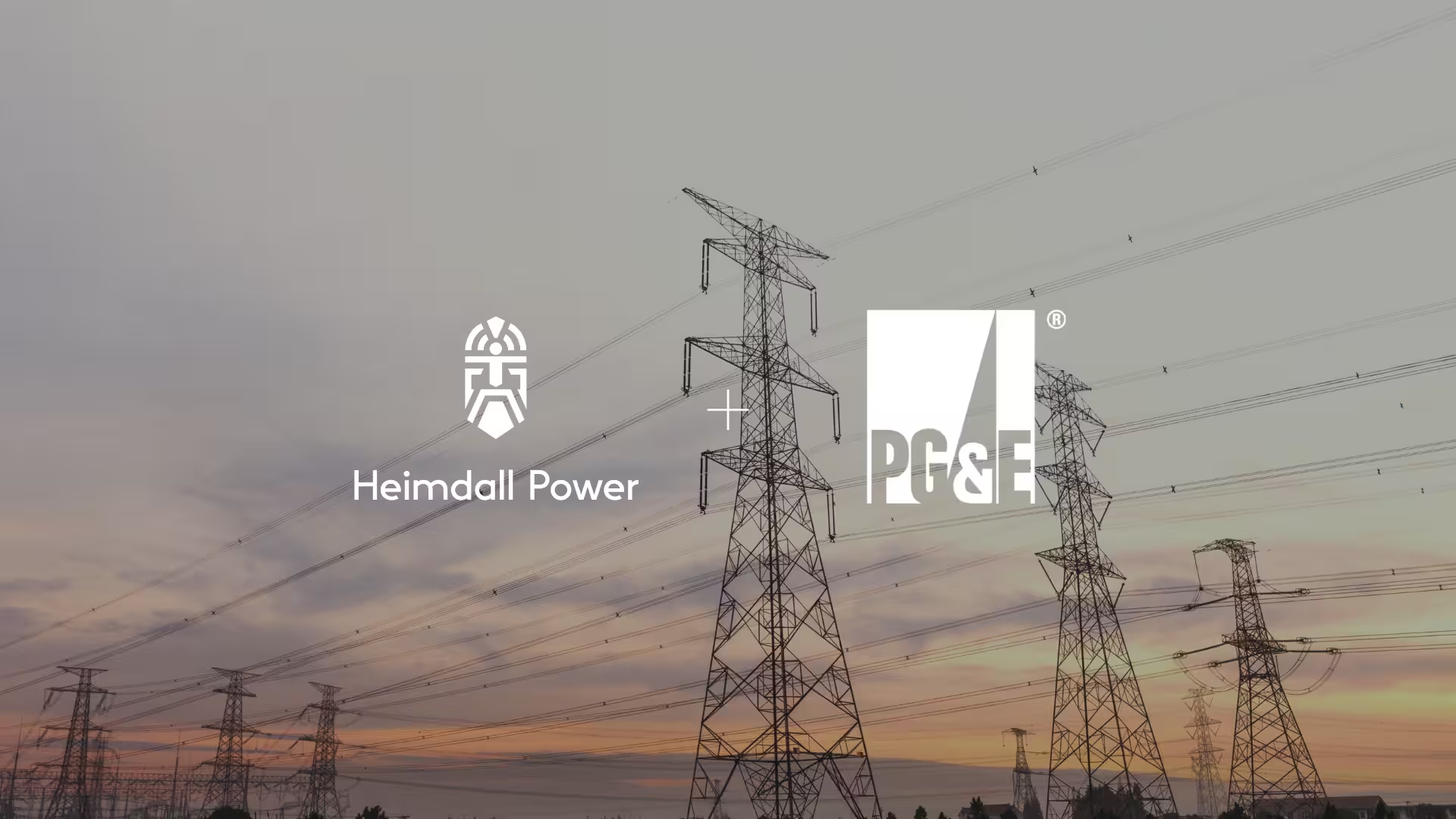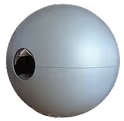We are proud to share with you the brand-new version of our autonomous drone installation system.
10 seconds.
That’s now all it takes to safely place one of our physical Neurons on a live power line, thanks to the brilliant development work conducted by our great Drone and Hardware teams.
When we first launched the drone installation system for our sensors, many people in the industry regarded it as nothing more than a good marketing stunt. Fast-forward a few years, and we have gone on to perform hundreds of successful installations across multiple continents, leaving both customers and reporters in awe after exploring this futuristic, and if we’re allowed, really cool, installation method first-hand. Today, most of our new projects are in-fact deployed almost solely through drone installations.
Read also: Heimdall Power completes first customer installation with drone
But at Heimdall Power we are not resting on our laurels, instead, we are now taking everything to the next level, by introducing our new drone installation system.
Maintaining the fully autonomous flight mode from previous versions, this new drone tool is not only reducing the time spent on the power line by 90%, but we’ve also improved both the stability and reliability of the system, further strengthening the position for drone installation as utilities preferred sensors-installation method world-wide.
Read also: Our first drone installation in the U.S.
Having already conducted multiple customer installations with the new system, it is fair to say that a new standard for swift drone installation of sensors on live power lines now has been established.
Heimdall Power CTO, Øyvind Teigen, commented the news in the following way:
This is a great testament to the continuous development we are doing every day at Heimdall Power. With our new drone installation system, we are taking all the good stuff from our previous drone set-up to the next level. By decreasing the installation time on the line from nearly two minutes to a mere 10 seconds, we are reducing the operational risk even further, while at the same time taking deployment efficiency to unprecedented heights.




